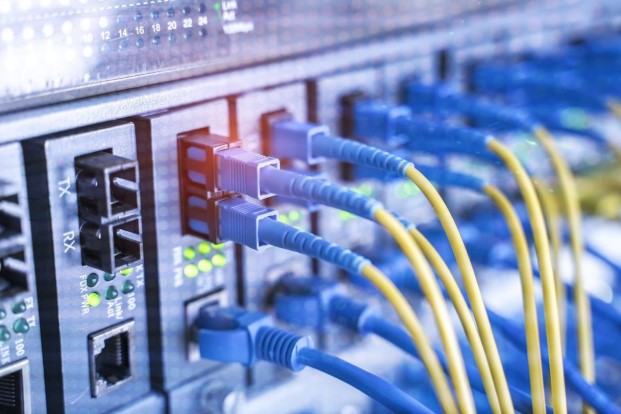Smart homes thrive on seamless connections. From security cameras to lighting systems, every device needs reliable communication. While wireless solutions are popular, structured cabling provides a stronger foundation. It creates stability, reduces interference, and ensures devices perform at their best. A closer look at network cabling reveals why it is essential for modern living.
Stronger Connections With Network Cabling
Network cabling refers to physical wiring that links devices to a central system. Unlike Wi-Fi, it delivers a consistent signal without lag or dropouts. For homeowners, this means uninterrupted video calls, faster downloads, and smoother streaming. Even smart appliances function better when connected through wired infrastructure. That reliability makes network cabling a vital part of any smart home setup.
Enhanced Security Through Network Cabling
A smart home holds sensitive data, from personal information to security footage. Wireless networks are more vulnerable to interference and unauthorized access. Network cabling provides a safer channel, minimizing the risk of breaches. For cameras, alarms, and door sensors, a wired connection ensures privacy is protected. With network cabling, smart homeowners gain peace of mind knowing their systems are less exposed to cyber threats.
Efficient Performance With Network Cabling
Smart homes often juggle dozens of devices at once. Wi-Fi can quickly become overloaded, slowing everything down. Network cabling balances this load by creating dedicated pathways for data. The result is faster response times and smoother automation. Lights turn on instantly, thermostats adjust without delay, and entertainment systems operate flawlessly. That efficiency is only possible when network cabling supports the home’s digital ecosystem.
Long-Term Value Of Network Cabling
Upfront installation of network cabling may seem like an investment. But the benefits extend far into the future. As smart technology evolves, wired infrastructure can easily adapt to new demands. It reduces the need for constant upgrades and prevents compatibility issues. In many cases, it even boosts property value, making homes more attractive to tech-savvy buyers. With network cabling in place, a house is prepared for tomorrow’s innovations.
Simplified Integration Of Smart Devices
Smart homes function best when everything is connected through one system. Cabling helps unify these devices, ensuring smooth communication across platforms. Whether linking a smart fridge with a home assistant or syncing lighting with security, the process becomes simpler. Network cabling avoids the delays and disruptions that come with purely wireless setups. It allows technology to blend into daily routines without frustration.
Building A Smarter Future At Home
Every modern home is moving toward smarter living. The foundation of this shift lies in reliable infrastructure. Cabling provides the strength, security, and speed needed to make connected living practical. It reduces stress, saves time, and enhances the overall experience. With dependable wiring behind the scenes, smart homes become more than a convenience—they become a way of life.
Conclusion
Smart homes demand more than convenience; they need reliability. While wireless has its place, physical wiring creates unmatched stability. Network cabling delivers stronger connections, better security, efficient performance, and long-term value. It simplifies device integration and supports the growth of future technology. For anyone looking to maximize the potential of a smart home, network cabling is not just an option—it is a necessity.

